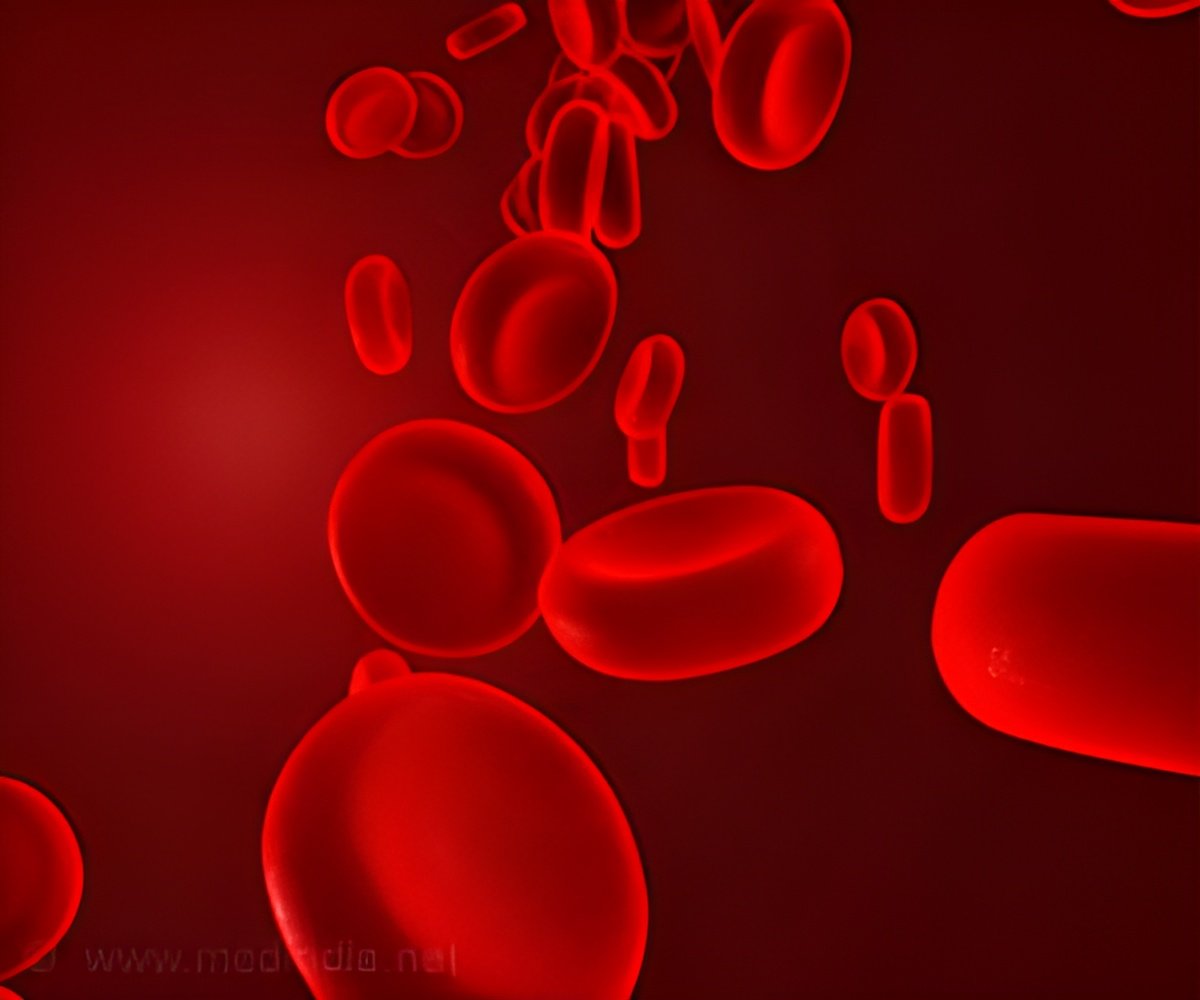
COLUMBUS, Ohio – Ohio State University cancer researchers have identified molecules in the bloodstream that might accurately gauge the likelihood of radiation illness after exposure to ionizing radiation.
The animal study, led by researchers at The Ohio State Comprehensive Cancer Center – Arthur G. James Cancer Hospital and Richard J. Solove Research Institute (OSUCCC – James), shows that X-rays or gamma rays alter the levels of certain molecules called microRNA in the blood in a predictable way.
If verified in human subjects, the findings could lead to new methods for rapidly identifying people at risk for acute radiation syndrome after occupational exposures or accidents such as the recent Fukushima Daiichi nuclear reactor incident. The microRNA markers might also help doctors plan radiation therapy for individual patients by taking into account how different people respond to radiation treatment, the researchers say.
The findings are reported in the journal PLOS ONE.
"Our paper reports the identification of a panel of microRNA markers in mice whose serum levels provide an estimate of radiation response and of the dose received after an exposure has occurred," says senior author Dr. Arab Chakravarti, chair and professor of Radiation Oncology, the Max Morehouse Chair in Cancer Research and co-director of the Brain Tumor Program.
Advertisement
The findings might also one day allow doctors to evaluate radiation toxicity during the course of therapy based on an individual's biology. "This would particularly benefit leukemia and lymphoma patients who receive total body irradiation in preparation for stem-cell transplantation," Chakravarti says.
Advertisement
"Biodosimetry is an emerging concept that could enable us to identify individuals who need immediate treatment after a radiation exposure and to better develop personalized radiation treatment plans for patients," Jacob says.
For this study, Chakravarti, Jacob and their colleagues evaluated dose-dependent changes in levels of 88 individual microRNAs in serum from mice after a single acute radiation exposure, and after fractionated doses of radiation that are typical of radiation treatment prior to stem-cell transplantation. Samples were collected from exposed and control animals 24 or 48 hours after exposure.
Key technical findings include:
- After a one-time exposure, miRNA-150 showed a clear decrease over time with increasing radiation dose, with a drop of 30 percent after 24 hours and of 50 percent after 48 hours, even at the lowest exposure of one gray of radiation.
- miRNA-200b and miRNA-762 showed increased levels after radiation exposure, with the changes more pronounced in animals receiving higher doses.
- Animals receiving fractioned doses showed similar changes; e.g., miRNA-150 dropped about 50 percent after 24 hours in animals receiving 4 gray.
Source-Eurekalert















